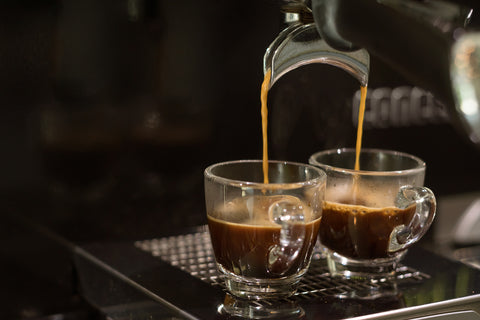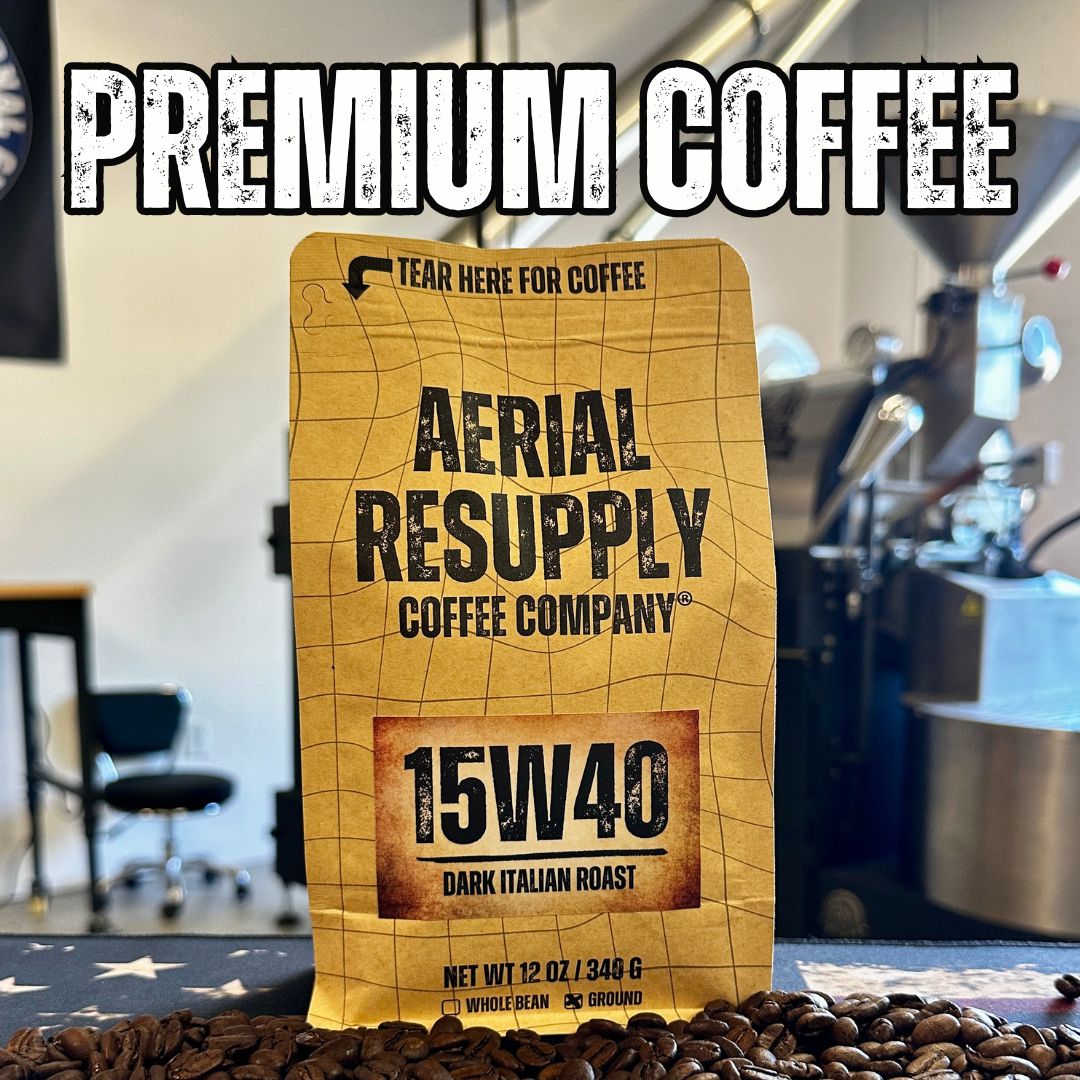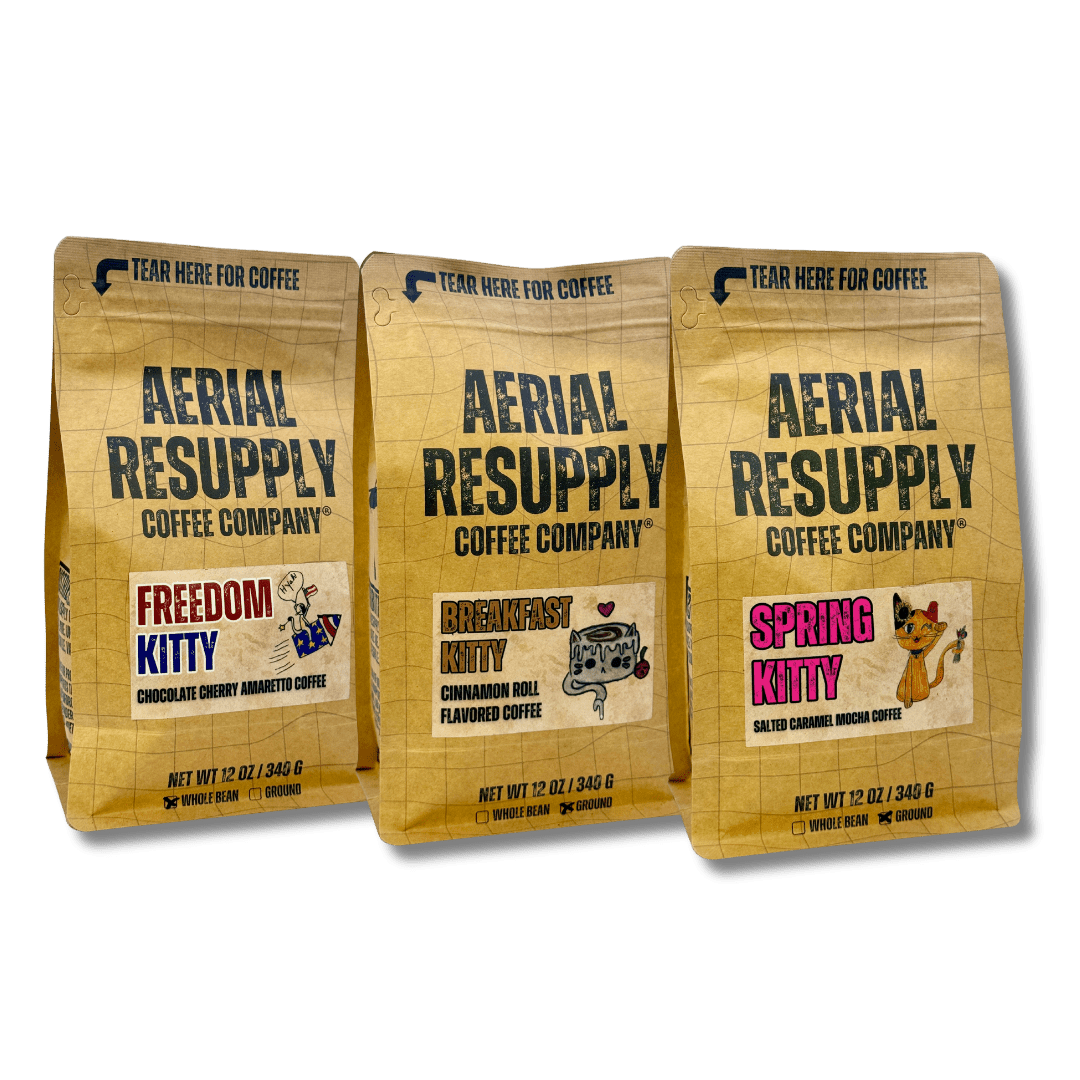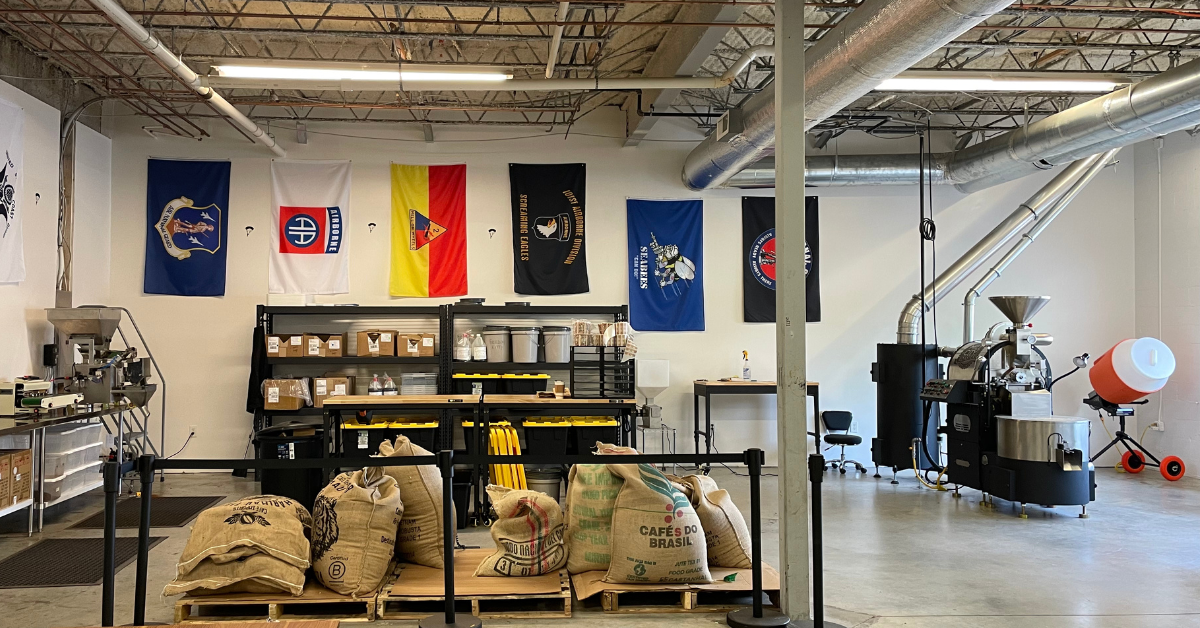Brewing Brilliance: Discovering the Difference Between Cappuccino and Espresso
If you've ever found yourself staring at a café menu, pondering the difference between a cappuccino and an espresso, you're not alone. These espresso-based beverages hold a special place in the hearts of coffee lovers everywhere, each offering its own unique experience. So, let's dive in and unravel the mysteries of cappuccino versus espresso.
Espresso Essentials

Let's start with the foundation: espresso. Picture a small, concentrated shot of coffee packed with bold flavor and topped with a creamy layer called crema. This rich brew is the backbone of countless coffee creations, from the classic Americano to the indulgent latte. It's all about the intensity and depth of flavor that espresso brings to the table.
The process of making espresso involves forcing hot water through finely-ground coffee beans under high pressure, resulting in a beverage that's both robust and aromatic. The crema, a reddish-brown foam that forms on top of the espresso shot, is often considered a hallmark of a well-prepared espresso, signaling freshness and proper extraction.
Proper serving temperature is crucial for enjoying espresso at its best, typically around 160°F to 170°F, ensuring optimal flavor and aroma. Additionally, as the espresso shot is poured, you may notice a beautiful cascade, a visual indication of its quality and freshness, known simply as the "espresso cascade," which adds to the sensory experience of enjoying this beloved beverage.
Cappuccino Unveiled

Now, let's turn our attention to the beloved cappuccino. This iconic beverage consists of equal parts espresso, steamed milk, and foam. The key to a perfect cappuccino lies in achieving the ideal balance between these three components. The result? A harmonious blend of rich espresso, velvety milk, and airy foam that's sure to delight your taste buds.
Traditionally, cappuccinos were served in smaller portions compared to other espresso-based drinks, allowing for a more concentrated flavor experience. The name "cappuccino" is said to be derived from the Capuchin friars, whose hooded robes resembled the color of the drink's foam.
The foam on a cappuccino is distinctively fluffy and airy, with larger air bubbles compared to other steamed-milk drinks, creating a light and delicate texture that floats atop the espresso like a cloud, enhancing the overall sensory experience. This frothy layer not only adds visual appeal but also contributes to the beverage's luxurious mouthfeel, enveloping the palate with each velvety sip.
Contrasting Flavors and Textures

When it comes to comparing cappuccino and espresso, it's all about the flavor and texture. While espresso boasts a bold, robust taste with a silky-smooth mouthfeel, a cappuccino offers a more nuanced experience. The creamy milk and fluffy foam add layers of complexity, creating a beverage that's both comforting and indulgent. It's a sensory journey from start to finish!
Additionally, the temperature difference between espresso and cappuccino can affect the overall flavor perception, with cappuccinos typically being slightly cooler due to the addition of steamed milk. The foam in a cappuccino not only adds texture but also acts as a barrier, helping to retain the heat and aroma of the espresso underneath.
Food Pairings

Pairing the perfect food with your cappuccino or espresso can enhance the overall experience, creating delightful flavor combinations that tantalize the taste buds. For cappuccinos, the creamy texture and slightly sweet undertones make them a versatile partner for a variety of treats.
Consider pairing your cappuccino with a flaky croissant or a buttery slice of coffee cake for a comforting breakfast indulgence. For a mid-day pick-me-up, try pairing your cappuccino with a decadent chocolate dessert, like a rich brownie or a creamy tiramisu. The contrast between the bitter notes of the espresso and the sweetness of the chocolate creates a harmonious balance that's sure to satisfy your cravings.
On the other hand, espressos' bold and intense flavor profile calls for pairings that can stand up to its robustness. For a simple yet satisfying pairing, enjoy your espresso alongside a piece of dark chocolate or a handful of roasted nuts. The bitterness of the espresso complements the richness of the chocolate or the earthiness of the nuts, creating a dynamic flavor contrast.
If you're craving something savory, consider pairing your espresso with a slice of aged cheese or a charcuterie board. The saltiness of the cheese and the savory flavors of the cured meats provide a perfect counterpoint to the espresso's boldness, resulting in a truly indulgent experience.
Final Thoughts

The difference between a cappuccino and an espresso lies in more than just the ingredients. It's about the experience – the aroma, the flavor, the texture – that each beverage brings to the table. So whether you're a die-hard espresso aficionado or a devoted cappuccino connoisseur, there's something special waiting for you in every cup.
Ready to embark on an espresso expedition? Look no further than Aerial Resupply Coffee's Espresso roast collection. Sourced directly from Brazil and Colombia, our beans are the perfect cargo for crafting both your favorite espresso shots and velvety cappuccinos. With our focus on extracting bold, full-bodied flavors, every cup promises an authentic espresso experience.
Whether you prefer the convenience of pre-ground coffee, the versatility of whole beans, or the simplicity of Keurig-compatible K-Cups, we've got you covered. Now that you’ve taken this espresso vs. cappuccino crash course, we think you’re ready for your next mission - coffee creation. You’ll need the right supplies for the job, so be sure to elevate your coffee game and bring the café home with Aerial Resupply Coffee's Espresso roast.





